For workshops and production facilities working with metal materials, achieving efficient and accurate cuts depends largely on proper machine adjustment. Both the Rotary Angle Horizontal Metal Band Sawing Machine and the Horizontal Metal Cutting Band Sawing Machine are widely used for their ability to handle complex cutting angles, stable operation, and adaptability to various materials. To achieve higher productivity and extend machine life, correct adjustment procedures are essential. Understanding how to set up and fine-tune these machines helps operators maintain consistent performance across different cutting conditions.
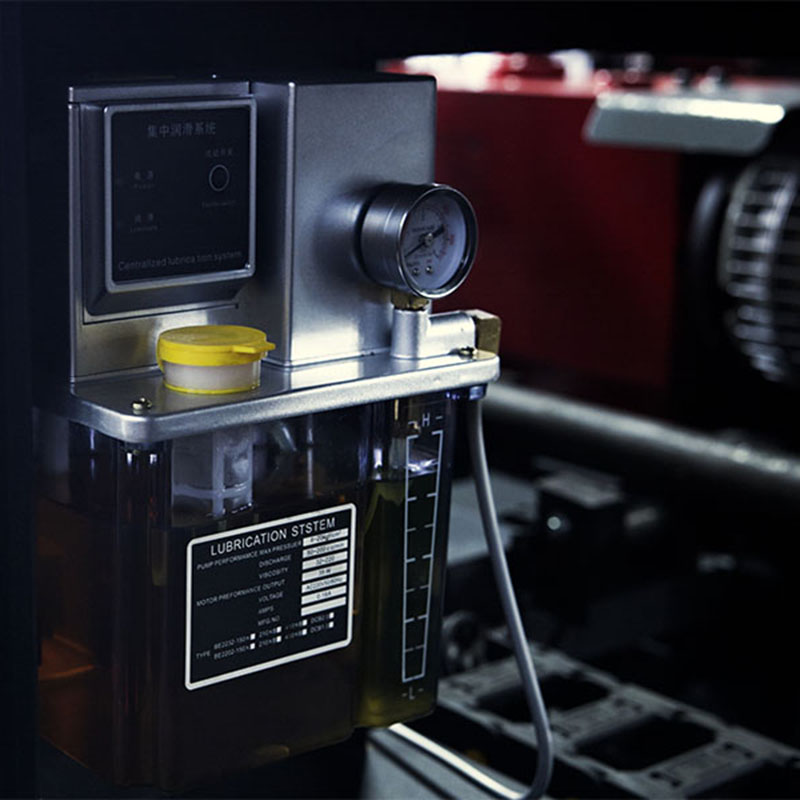
Understanding the Machine’s Core Structure
Before adjusting any part of the machine, operators should familiarize themselves with its primary components and mechanisms. The rotary angle horizontal saw includes a movable saw head, adjustable worktable, hydraulic system, and variable speed controls. The horizontal configuration ensures steady blade contact with the material, which reduces vibration and cutting deviation.
The horizontal metal cutting band saw typically consists of a fixed base, blade tensioning system, and feed control mechanism. Its horizontal layout makes it suitable for cutting long bars or heavy metal blocks with improved stability. Knowing the machine’s key parts helps operators identify where adjustments can improve efficiency without causing unnecessary strain on components.
Setting the Cutting Angle Correctly
One of the main features of the rotary angle horizontal design is the adjustable cutting angle. Operators can rotate the saw frame to achieve bevel cuts without repositioning the material. To ensure precision, it’s important to check that the pivot axis moves smoothly and that angle indicators are clearly visible.
When adjusting the angle:
Verify that the clamping device is securely holding the material before rotation.
Loosen the locking mechanism slightly to allow free movement of the saw frame.
Set the desired angle gradually, using the scale for reference, and re-tighten the lock once aligned.
For repetitive cuts at the same angle, marking reference points on the scale helps save setup time in future operations.
Adjusting Cutting Speed and Feed Rate
Efficient cutting relies heavily on proper control of both speed and feed rate. The variable speed system on these machines allows operators to adapt to different material types and thicknesses. For example, softer metals such as aluminum can handle faster speeds, while harder materials like stainless steel require slower cutting to prevent blade wear and excessive heat buildup.
To set the correct speed:
Begin with a moderate speed and observe the blade performance and chip formation.
Adjust gradually to find the range where the blade moves smoothly without excessive friction or vibration.
For consistent results, maintain proper lubrication and cooling during operation.
Feed rate should also be adjusted according to material hardness and blade width. Too fast a feed can cause rough surfaces or blade breakage, while too slow a feed may cause overheating. Operators can use the hydraulic control lever or digital interface (depending on machine type) to fine-tune the feed motion.
Ensuring Proper Blade Tension and Alignment
Blade tension and alignment are critical for maintaining cutting accuracy and extending tool life.Before each operation, check that the blade tension matches the manufacturer’s recommended settings. Many machines include a tension gauge or digital display to assist with this step.
To ensure alignment:
Rotate the blade manually and observe whether it runs evenly along the wheel path.
Adjust the guide bearings and tracking controls until the blade stays centered.
These checks prevent excessive wear and help maintain consistent cutting performance even in continuous operation.
Using the Bevel Cutting Function Effectively
For projects requiring multiple angled cuts, proper use of the bevel cutting feature can significantly improve efficiency. When setting up the rotary angle horizontal band saw, align the saw frame according to the desired bevel angle and confirm that both ends of the blade are in stable contact with the material.
To optimize performance:
Ensure the saw head moves smoothly during angle adjustments.
Apply moderate feed pressure to prevent blade drift.
If cutting thicker materials, use coolant or cutting oil to control temperature and maintain blade sharpness.
By mastering these small adjustments, operators can achieve clean bevel edges that fit precisely into larger assemblies.
Maintaining Stability During Operation
Machine vibration is a common cause of cutting inaccuracies. The horizontal design naturally reduces vibration, but proper leveling and material clamping are still vital. The workpiece should be tightly fixed using adjustable clamps, especially for irregularly shaped metals. Check that the base surface is even and that all bolts are tightened before starting the saw.



 english
english Русский
Русский Español
Español Русский
Русский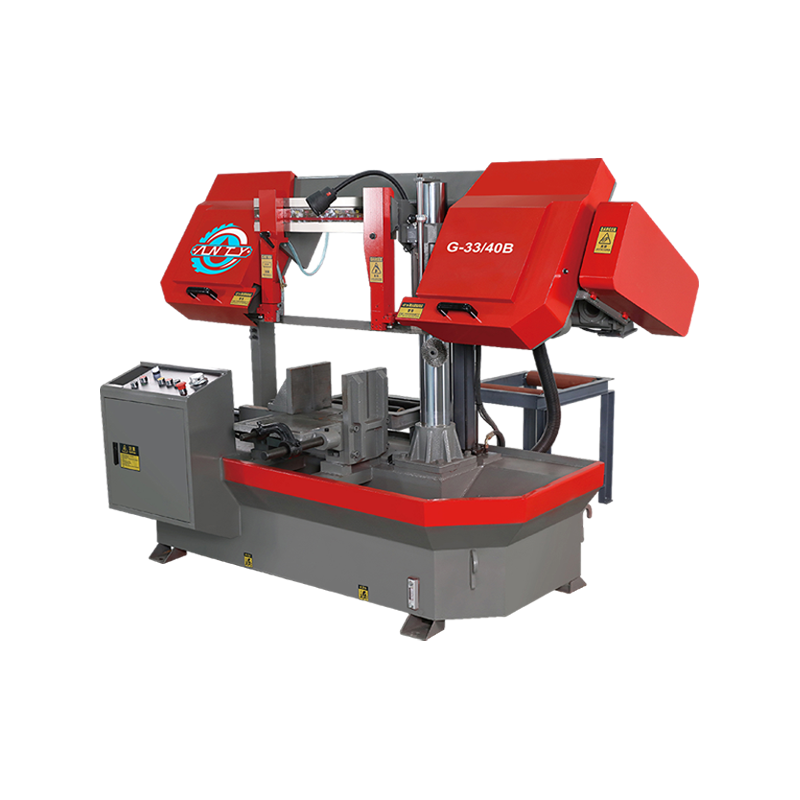
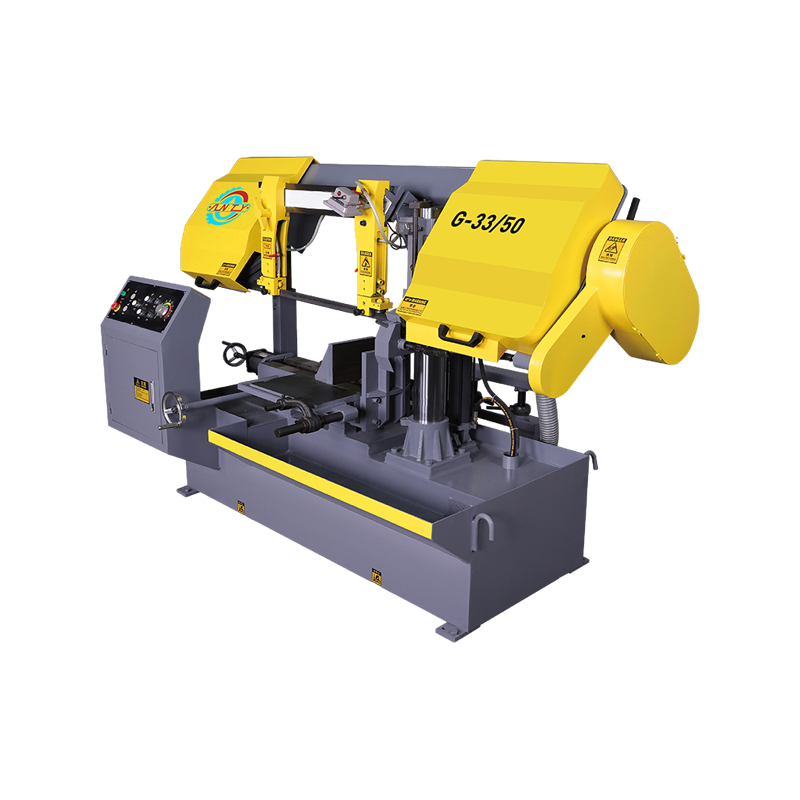

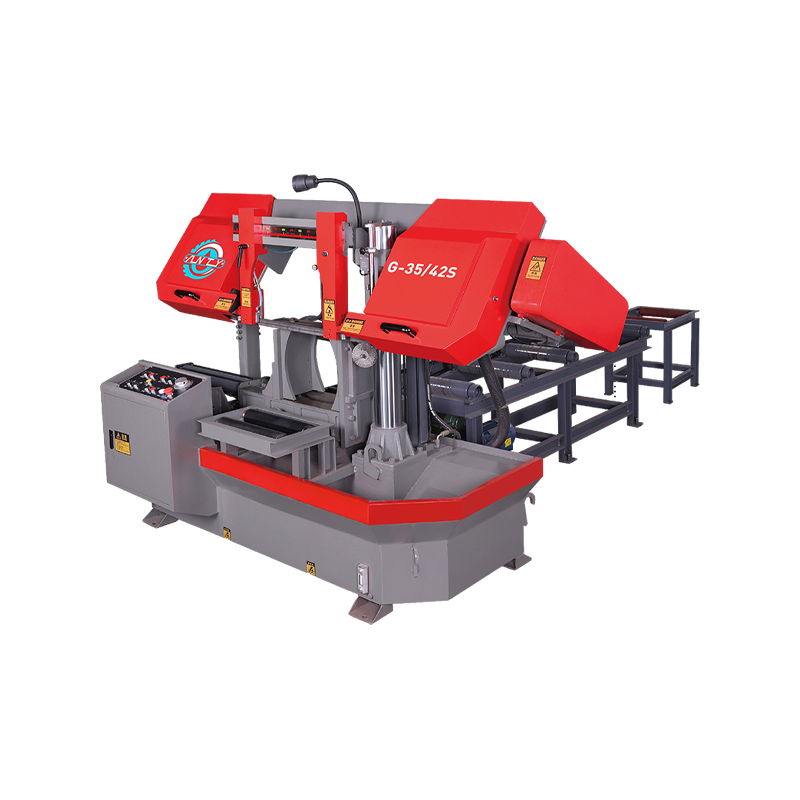

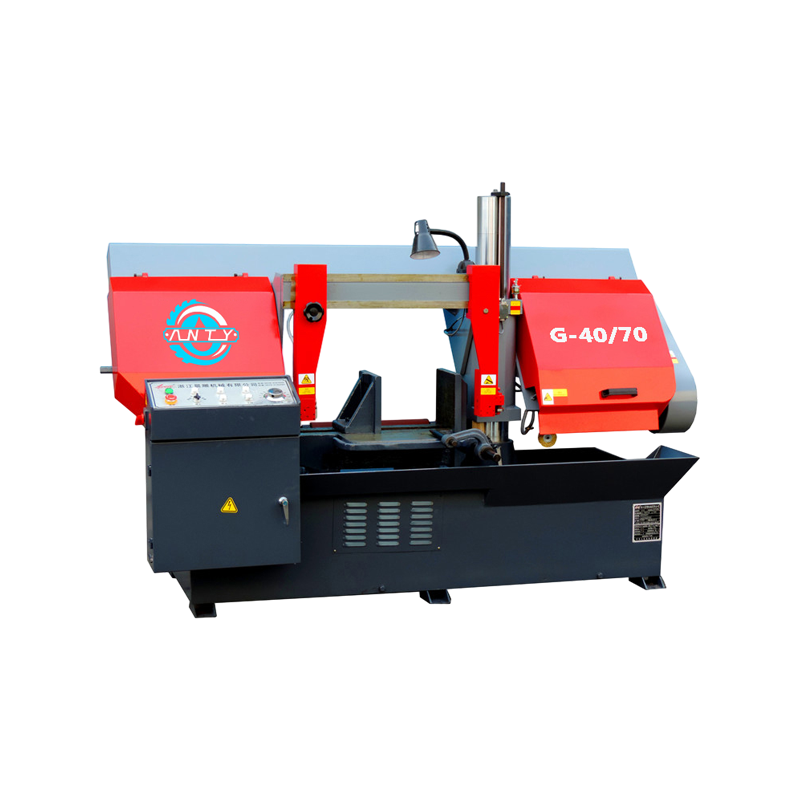

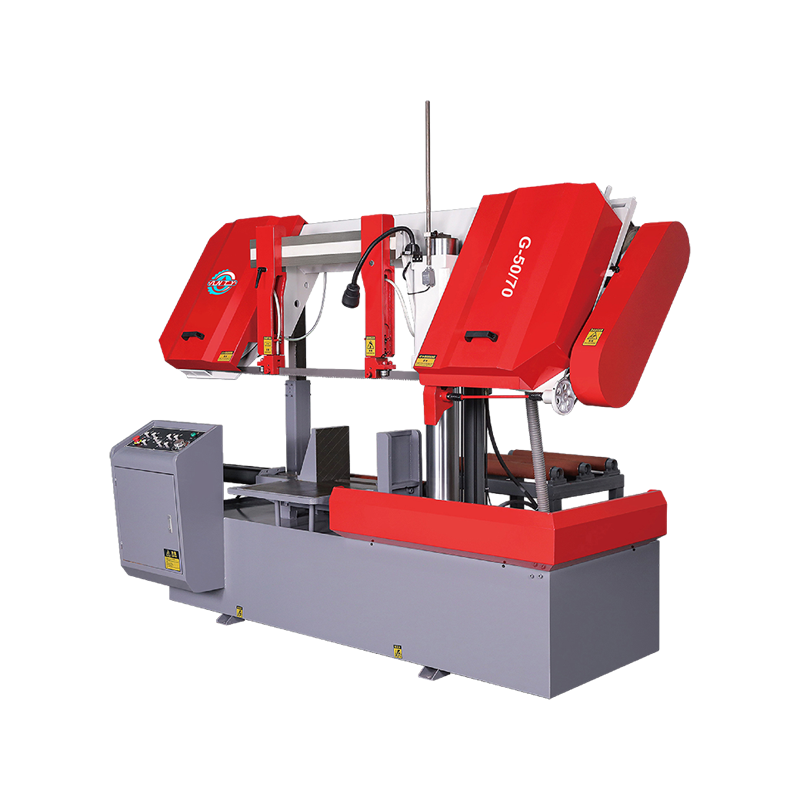
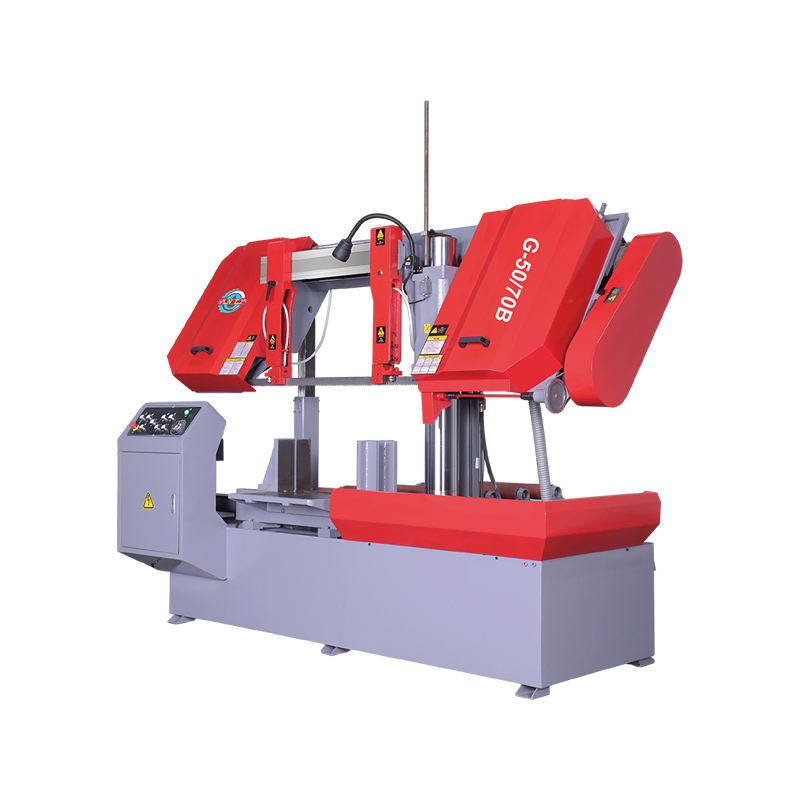
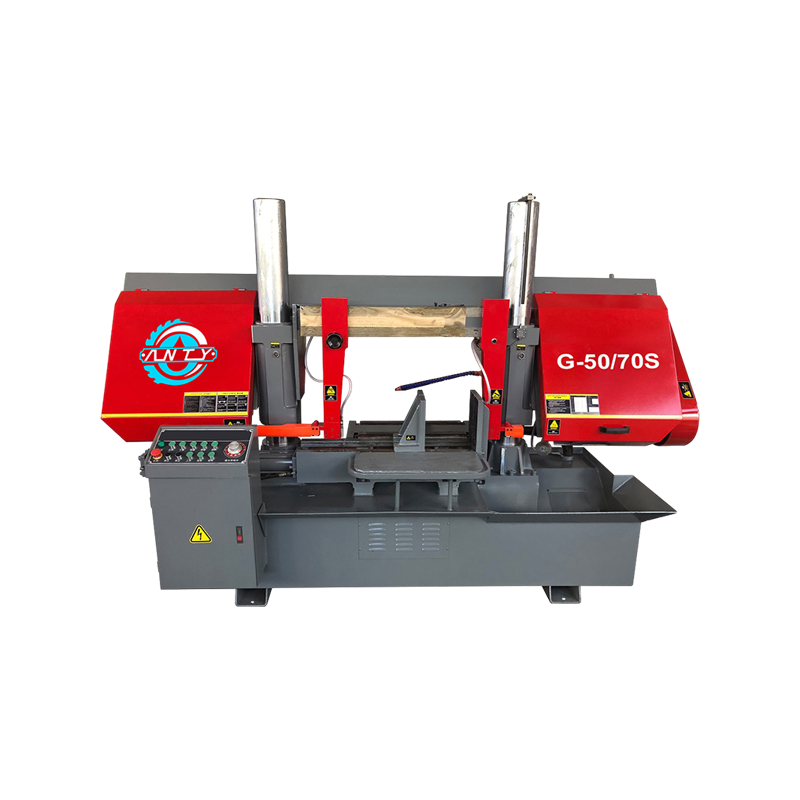
 CONTACT US
CONTACT US